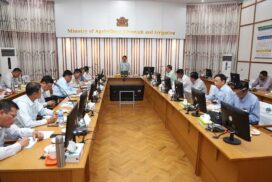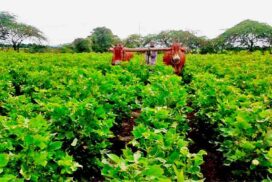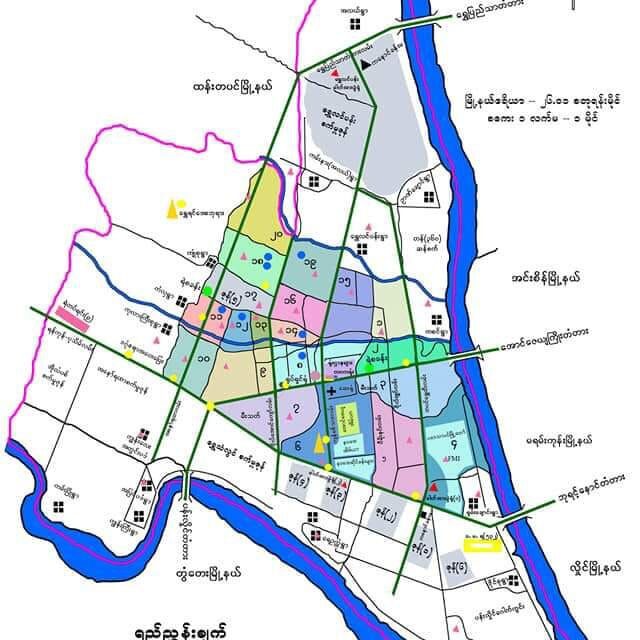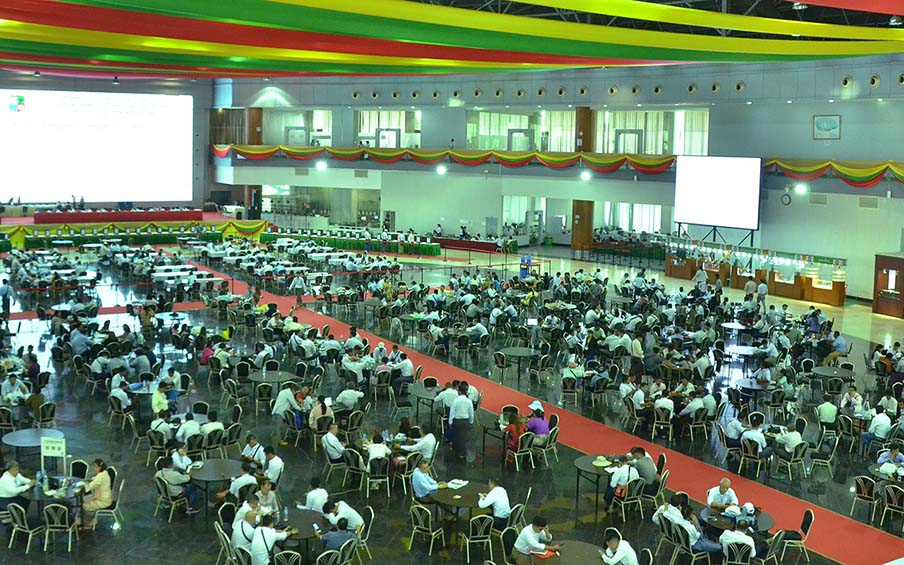C otton cultivation in Myanmar currently spans approximately 500,000 acres, encompassing both short and long-staple varieties. Despite this widespread cultivation, the nation has yet to establish a systematic production of cotton wool. The potential for success lies in the ability to transform raw cotton into quality threads, a shift that could significantly reduce the need for textile imports.
To realize this vision, entrepreneurs must spearhead the establishment of cotton-ginning factories equipped with domestically manufactured machines. The production of high-quality threads by eliminating cotton seeds from the process opens avenues for job creation and the development of ancillary industries. Notably, cotton seeds can be milled to produce oil and feedstuffs, contributing to economic growth.
The entire process – from cultivating cotton plants to manufacturing garments and textiles – hinges on collaborative efforts from farmers and workers. The success of the cotton industry becomes intertwined with the cultivation of cotton plants, necessitating agricultural water, advanced techniques, and the requisite inputs. Simultaneously, the operation of cotton ginning factories, textile mills, and garment industries becomes pivotal in reducing unemployment rates.
Given Myanmar’s unique climate and conditions, cotton textile and garment products are particularly well-suited for local preferences. Consequently, farmers must prioritize the cultivation of quality cotton species to meet targeted sown acreage. Reclaiming croplands for cultivating cotton strains equivalent to those in the 2020-21 financial year is imperative, as the acreage plummeted from over 800,000 acres in 2011-2012 to approximately 389,000 acres in 2020-2021.
Authorities play a crucial role in incentivizing the domestic market for cotton wool by encouraging the manufacturing of cotton ginning machines. Simultaneously, entrepreneurs must focus on producing quality threads and textile products. Only through the use of resilient, high-quality cotton strains can a significant increase in cotton wool production be achieved.
Investments in both cotton cultivation and textile production are paramount to boosting the cotton sector. Initially, meeting domestic demand is the primary objective, followed by the production of cotton products for export to generate income and curtail textile imports. Farmers must actively transform arid zones into thriving cotton plantations with the assistance of departmental officials. Setting an ambitious goal of producing 700 visses per acre on 500,000 acres of cotton sown acreage is essential. This output would contribute to providing 30 yards of textiles to each of the 50 million individuals in the nation, marking a transformative step towards realizing the dream of success in cotton production.
Embark on the path to cotton success
- March 11, 2024
- 109














